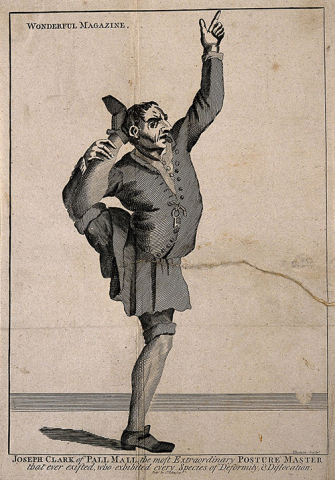Most of us spend a good deal of time in our cars, commuting, chauffeuring kids around, doing errands, or if we’re lucky, heading out to an adventure spot. Much of this time is spent being physically uncomfortable, especially if the car was manufactured in the last decade. There seems to be a downward spiral of poor posture and design that reflects poor posture - which in turn worsens posture. How can we break this cycle?

The industry standard for human form reflects the average in society: shoulders forward, S-shaped spine, and forward head. Car seats are designed to fit these features.
A checklist for healthy posture when driving includes:
- Shoulders: back and down
- Neck: elongated and stacked over the ... Read more



